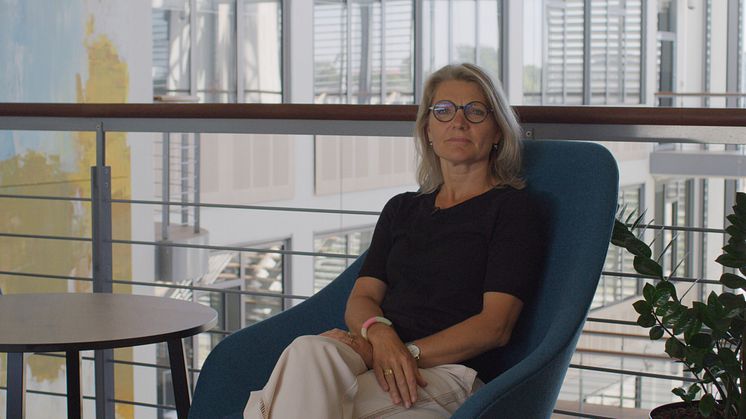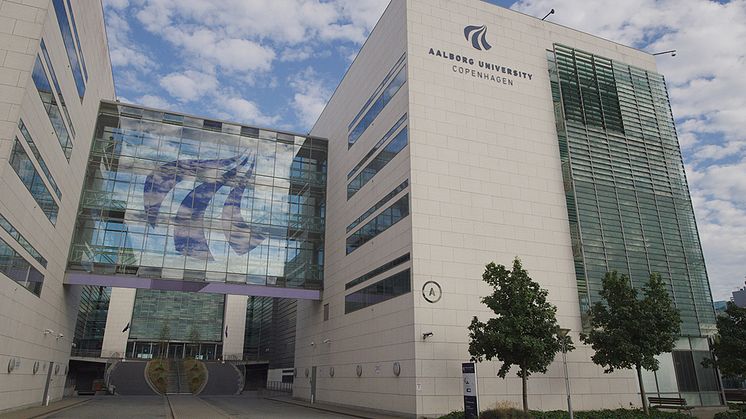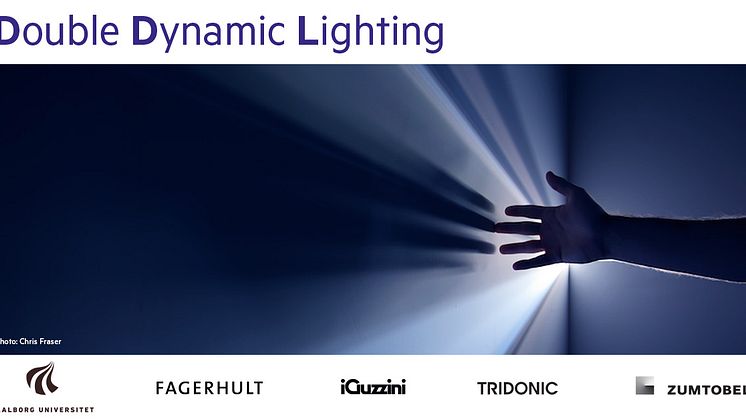
Blog post -
Double Dynamic Lighting - combining two worlds
Double Dynamic Lighting (DDL) is a lighting design concept for dynamic indoor lighting. In short, you adjust the electrical lighting in real time so that it complements daylight. This is to be able to create more motivating and engaging environments and increase well-being in indoor spaces. Meet professor Ellen Kathrine Hansen, one of the forces behind it.
Since 2017 the lighting technology and solution partners Tridonic, iGuzzini, Fagerhult and Zumtobel have teamed up with Aalborg University, Copenhagen, to develop and scientifically validate the ambitious Double Dynamic Lighting (DDL) concept. During these years, four studies has been Carried out at Aalborg University in Copenhagen, under the leading of Head of the Lighting Design Research Group professor Ellen Kathrine Hansen.
HOW TO EXPLAIN SOMETHING SIMPLE
Double Dynamic Lighting is, for some, not a new subject. But it was not an easy Task to define the concepts for the dynamics of the daylight and translate this into parameters that could be tested in lab and field tests and finally end up with a design guideline.
̶ In this case we had an idea that in a way is very basic, referring to a natural phenomenon, we all have a the variations in daylight we all desire – and yet the research process is something very complex, Hansen explains. We needed evidence on this basic level, to make a general concept that is research based and applicable in a broad manner. So we set up this basic, but also ambitious, target to see if we could define the qualities of the dynamic daylight, and translate it into general design parameters.
To be able to narrow it down to a research project, the group started by describing and defining – “What is it we talk about when we talk about the qualities of dynamic light?”.
̶ I have a background in architecture, and a spacious understanding of lighting in space, Hansen elaborates. I have had the feeling for a long time, that we could do so much with dynamic and electrical lighting – to complement the qualities of the daylight. Some of the most important qualities of the daylight is the dynamics of the daylight, that is so difficult to grasp, and define – because it is endless in its variations. It is probably the design element that affects us the most.
A FOUR-LAYERED RESEARCH CAKE
The study was carried out in four different parts, that explored concepts such as “direct and diffused light”, “qualities from the daylight”, “flow of light”, “light modelling” and “light space”. When these components were in place, the group set up a small lab experiment in a working space built in Aalborg University. Test persons were submitted to four different settings with warm and/or cold light in diffused and direct lighting fixtures. The subjects in the study then filled out questionnaires with their perceived impressions from the different light settings.
̶ We wanted to investigate how people experienced this, Hansen describes. How do you feel and perceive the atmosphere in this space? Besides questionnaires and interviews we also defined words that the test persons could pick, to describe their feelings. I think, for me, it was very important to take our understanding of dynamic light back to this very fundamental understanding of human perception. How we perceive, and how this is based on a cultural heritage on how lighting appears in a space – based on daylight.
THE DYNAMICS OF THE SKY
In the study a sky-scanner was used to regulate the lighting in the space, depending on the character of the outdoor lighting. This affected the colour temperature and the direct/diffused light in the test environment.
̶ When the character of the daylight is very overcast and non-dynamic we can compensate this, says Hansen. With this solution, you can compensate with the dynamics of the electrical lighting, having different variations that stimulates us from the daylight. When that is said, of course you can never ever make any lighting that is as good as the daylighting.
AND THE RESULT?
The test persons in the study were exposed to cold and/or warm light, distributed with a direct and diffused light setting in a fixed office environment. In compared to static lighting, the dynamic lighting was described as having a higher visual comfort by the test persons. It was also perceived as pleasing, motivating and energizing.
Some of the testimonials describes the impact the dynamic daylight mix had on their work and perceived atmosphere:
“It feels like the daylight and the light in the room are blended together, in a way. So, the weather is like casted into the room, projected.”
“And then, at some point during the daytime, I don’t notice the lighting at all, and it feels very natural. It’s just there complementing the space and task.”
THE NEXT STEP
But where do we go from here?
̶ Our starting point in this study was to see the atmosphere in the space and how the lighting is perceived, says Hansen. We know that there are important neurological effects of daylight and lighting. Daylight has a naturalness and a connection to nature, but it also bears a cultural heritage. The way we build, understand the rhythm of the day and take in spaces – that is all depending on lighting. We wish to take this into a larger field study, to further develop our knowledge and the insights in this area.
Or as professor Hansen sums it up:
̶ We try to make two worlds meet, and make the design of lighting respond to one approach - that daylight and electrical lighting is complementing each other, connecting man and nature.





